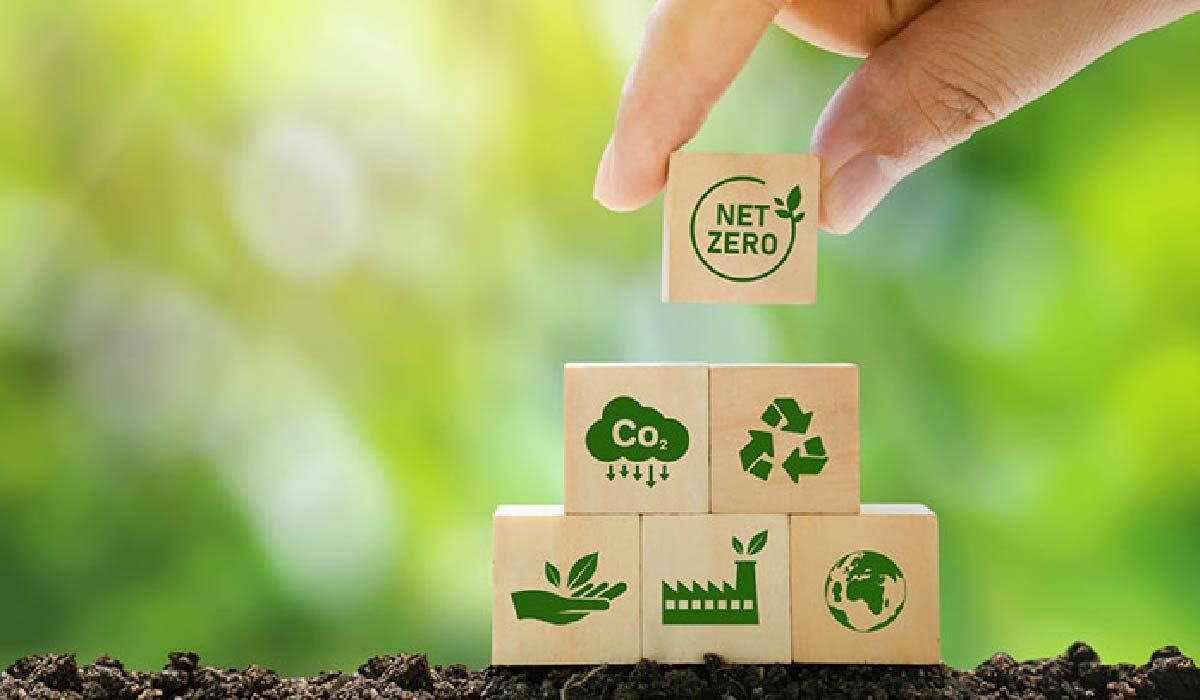Business
Eco-Friendly Solutions: Exploring the Benefits of Display Boards PVC Free

In recent years, the need for environmentally friendly alternatives has become a priority across numerous industries. Among these, the search for display boards pvc free has gained significant attention due to their potential to reduce environmental impact. PVC, a commonly used material in the production of display boards, poses several environmental challenges, making PVC-free alternatives an attractive option.
Understanding the Environmental Impact of PVC
Polyvinyl chloride, widely known as PVC, is a plastic used in a multitude of products from building materials to signage solutions. However, its production and disposal are associated with several negatives affecting the environment. The process of manufacturing PVC emits harmful chemicals, including dioxins, which are detrimental to air quality and human health. The persistent nature of PVC also limits its decomposability, leading to significant waste management challenges.
Advantages of PVC-Free Display Boards
PVC-free display boards present numerous benefits making them a viable choice for environmentally conscious consumers and businesses. One primary advantage is their reduced ecological footprint. The materials used in PVC-free display boards are more biodegradable or recyclable, which contributes to lower pollution levels and less landfill waste.
Moreover, PVC-free boards typically utilise materials that do not emit harmful chemicals during production or disposal, directly addressing one of the core environmental issues associated with PVC. This aspect not only benefits the environment but also promotes better health standards for those involved in production and end-users.
Material Alternatives for PVC-Free Display Boards
There are several materials available that can be used to fabricate PVC-free display boards. Recyclable and biodegradable options include paper-based boards, bamboo, and other natural fibres. Such materials maintain high durability standards required for display purposes while enhancing the sustainability of the product.
Companies dedicated to eco-friendly products often innovate with new material compositions that achieve the same functionality as traditional PVC boards without compromising on quality or ecological responsibility.
Applications and Uses
PVC-free display boards are suitable for various applications ranging from retail displays, exhibitions, and educational boards to personal art projects. Their versatility ensures that they meet different functional needs without adversely affecting the environment.
Case Studies and Real-World Examples
Meanwhile, many businesses have successfully transitioned to PVC-free solutions. For instance, retailers opting for paper-based boards benefit from enhanced brand images as eco-conscious companies. Moreover, educational institutions deploying these boards align themselves with sustainable development goals, contributing positively to student education on environmental issues.
Market Trends and Consumer Demand
The surge in consumer awareness about sustainability is driving industries to adopt greener practices. Market trends indicate a growing demand for environmentally friendly products and packaging solutions, thus propelling the innovation of PVC-free display boards. Companies like Creative Graphic Supplies are at the forefront, catering to this demand with robust eco-friendly products.
Challenges in Transitioning to PVC-Free Solutions
Though beneficial, transitioning to PVC-free solutions is not without challenges. The cost of production for alternative materials may be higher initially. However, many businesses find the long-term ecological and brand loyalty benefits to far outweigh these initial investments.
Education and awareness initiatives can aid in overcoming hesitancy within consumer bases unaccustomed to PVC-free products. Industry leaders play a critical role in demonstrating these products’ viability and fostering an environmentally responsible culture.
The Role of Government and Regulations
Government regulations also influence the adoption of PVC-free materials. Stricter environmental regulations and incentives for sustainable practices can accelerate the transition from traditional materials like PVC to more eco-friendly alternatives. This regulatory push is essential for widespread change, encouraging industries to innovate sustainably.
Conclusion
As environmental concerns continue to grow, adopting PVC-free display boards offers a reliable path toward sustainability for businesses across various sectors. By eliminating the negative impacts associated with PVC, companies not only demonstrate corporate social responsibility but also contribute positively to global ecological efforts.
The growth in eco-conscious consumerism further supports a market shift towards such environmentally sound solutions. With continued innovation and regulatory support, PVC-free display boards represent a significant step forward in reducing our carbon footprint and promoting a greener planet for future generations.
-

 Celebrity1 year ago
Celebrity1 year agoWho Is Jennifer Rauchet?: All You Need To Know About Pete Hegseth’s Wife
-

 Celebrity1 year ago
Celebrity1 year agoWho Is Mindy Jennings?: All You Need To Know About Ken Jennings Wife
-

 Celebrity1 year ago
Celebrity1 year agoWho Is Enrica Cenzatti?: The Untold Story of Andrea Bocelli’s Ex-Wife
-

 Celebrity1 year ago
Celebrity1 year agoWho Is Klarissa Munz: The Untold Story of Freddie Highmore’s Wife
















